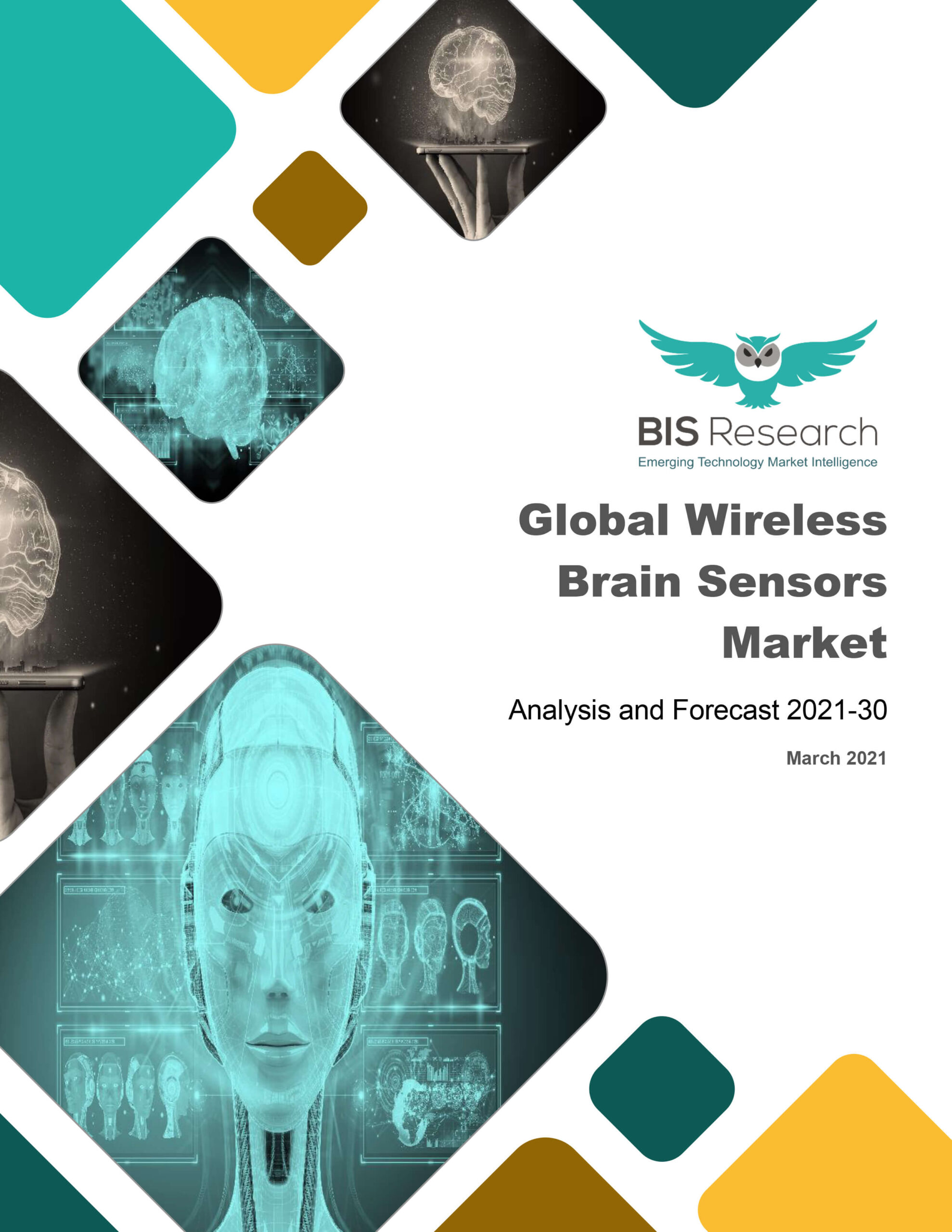Description
Market Report Coverage – Wireless Brain Sensors
Market Segmentation
• Application (Sleep Disorders, Neurophysiology, Brain-Computer Interface, Cognitive Neuroscience, Neuromarketing, and Others)
• End User (Research and Academic Institutes, and Labs, Hospitals, Home Care Settings, and Others)
Regional Segmentation
• North America – U.S., Canada
• Europe – Germany, France, U.K., Italy, Spain, and Rest-of-Europe
• Asia-Pacific – China, Japan, South Korea, India, Australia, and Rest-of-Asia-Pacific
• Latin America – Brazil, Mexico, and Rest-of-the-Latin America
• Middle East and Africa
Growth Drivers
• Use of Wireless Brain Sensors for the Diagnosis of Sleep Disorders
• Growing Incidence of Neurological Disorders
• Increasing Applications of Advanced Sensors in Neurological Devices
• Growing Geriatric Population
Market Challenges
• Stringent Regulatory Policies
• Risk of Product Recalls and High Cost of the Devices
Market Opportunities
• Technological Advancements in Wireless Brain Sensors Market
• Regional Expansion and Increasing Adoption of Wireless Brain Sensors in Emerging Economies
Key Companies Profiled
Compumedics Limited, Wearable Sensing, Medtronic Plc, Natus Medical Incorporated, Brain Scientific, Inc, and Nihon Kohden Corporation, EMOTIV, Advanced Brain Monitoring, Inc, Brain Products GmbH, NeuroSky, Neuroelectrics, Cadwell Industries, Inc, Jordan Neuroscience, Inc, BrainScope Company, Inc, and Muse, among others
Key Questions Answered in this Report:
• How has COVID-19 impacted the global wireless brain sensors market?
• What are the key regulations for the development, commercialization, and adoption of wireless brain sensors?
• Which are the leading players that currently hold significant dominance in the global wireless brain sensors market?
• What are the key strategies incorporated by the players of the global wireless brain sensors market to sustain the competition and retain their supremacy?
• What is the patent landscape of the wireless brain sensors market?
• What are the key technological developments on which the current industry leaders are spending their major share of research and development (R&D) investment?
• What is the current market potential of wireless brain sensors, and what factors decide the growth potential of wireless brain sensors for the forecast period?
• What is the current revenue contribution of different products, and how would it evolve in the forecast period?
• Which application contributes to the highest CAGR (%) in the global wireless brain sensors market?
• How does the end-user perception impact the growth of the global wireless brain sensors market?
• Which countries contribute to a major share of the current demand, and which countries hold significant scope for expansion for business activities by players of the global wireless brain sensors market?
• What are the drivers, restraints, and opportunities in the global wireless brain sensors market?
Key USPs of the Report
Following are some of the key contents of the report:
• Funding Scenario
This section encompasses a description of the current funding landscape in the global wireless brain sensors space for key players.
• Regulatory Approved Products
This section includes information on regulatory approved wireless brain sensor products in the market.
• Business Model Analysis
This section comprises information on the key business models deployed in the market by leading players.
• Impact of COVID-19
This section of the report encompasses the following:
o Short-, Mid-, and Long-Term Impact on Wireless Brain Sensors Market
o Regional Impact of COVID-19 Industry
o Entry Barriers and Opportunities for the Companies in Global Wireless Brain Sensors Market
In addition, the report provides:
• A detailed analysis and growth forecast (2021-2030) for different market segments
• Recent developments and trends in the global market landscape
• Factors promoting and inhibiting the market growth
• Case studies to assess the delivery models and strategies adopted by some of the highly funded players in the market
Expert Quote
“In order to gain a competitive share in the wireless brain sensor market, various small-scale and mid-scale companies are collaborating with government organizations and private investors to have significant funding for the development and commercialization of technically advanced wireless brain sensor products across different regions of the world. Ceribell, Inc, BrainScope, and Neural Analytics are some companies which received more than $10 million funding from finance and private investors for their products”.
Scope of the Global Wireless Brain Sensor Market
The purpose of the study is to enable the reader to gain a holistic view of the global wireless brain sensors market by each of the segments mentioned above in the table.
The report constitutes an in-depth analysis of the global wireless brain sensors market, including a thorough analysis of the applications. The study also provides market and business-related information on various applications and end users.



Reviews
There are no reviews yet.